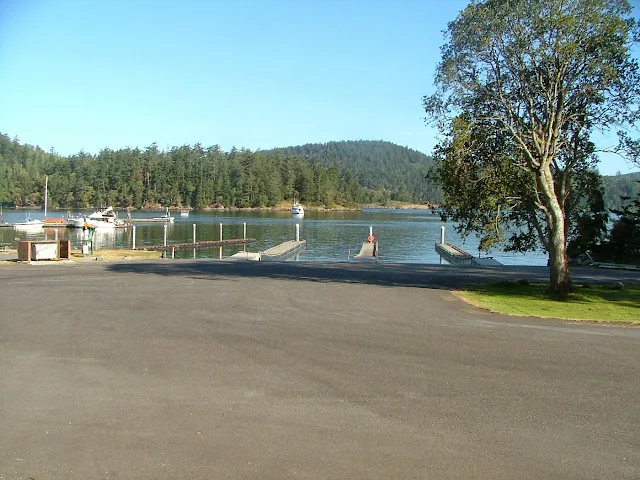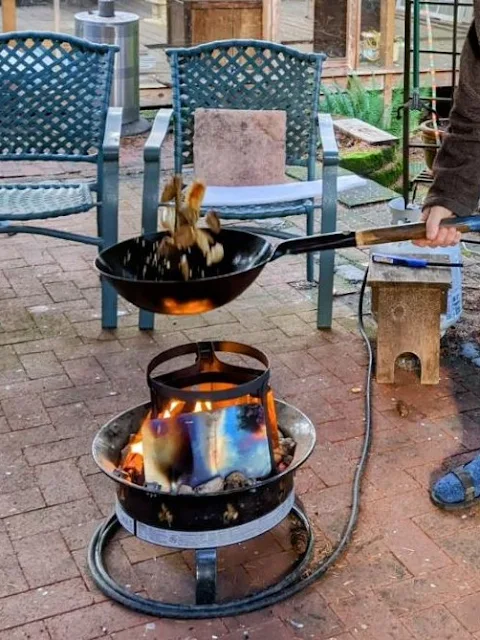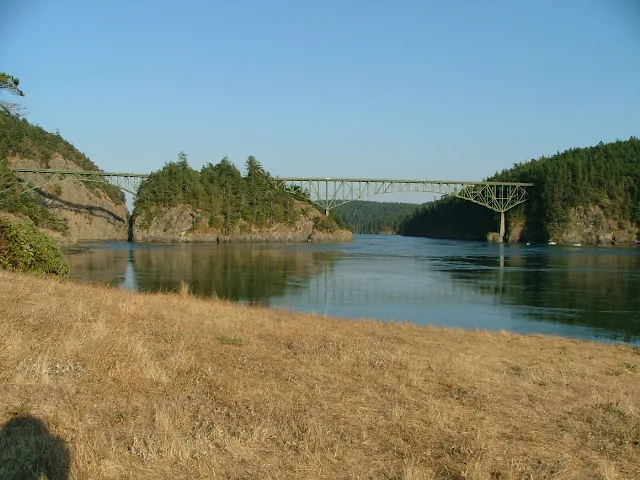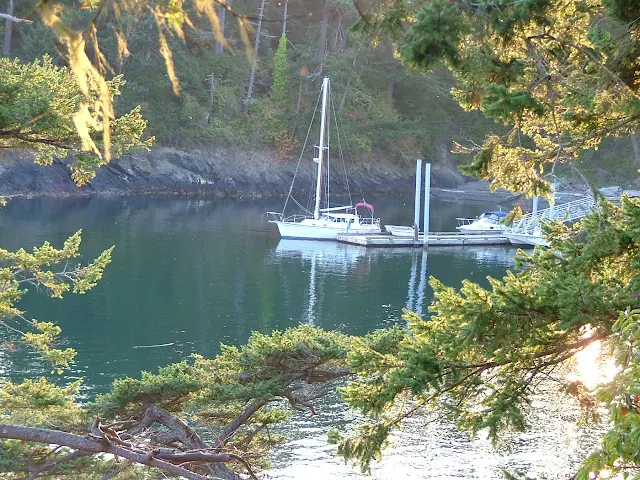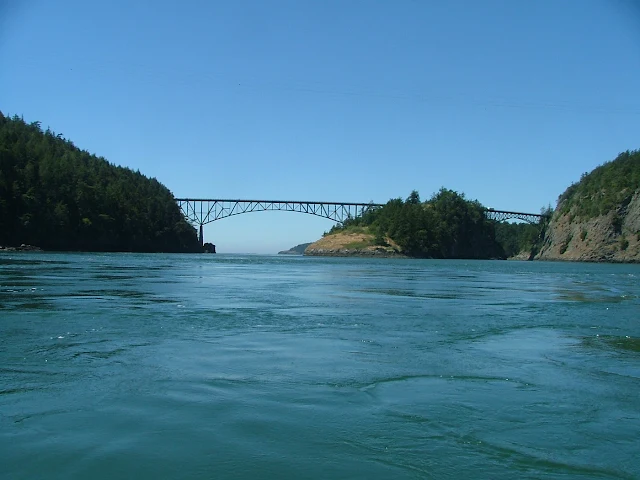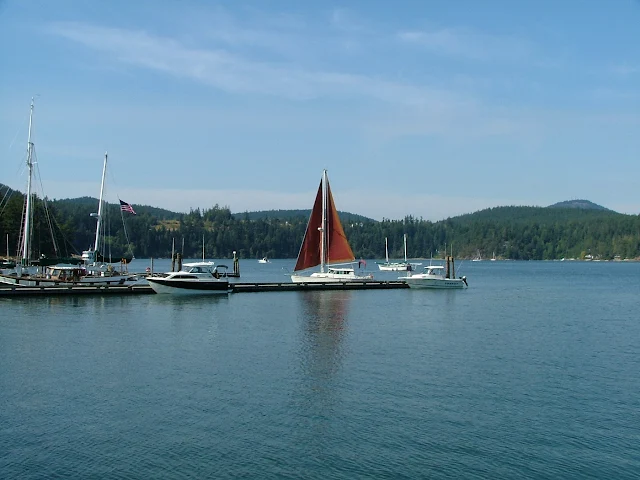This post covers the bare basics needed for a San Juan Islands visit. Simple answers to some very important questions.
 |
| Just because it is on a trailer, does not mean it is a good idea. |
While reading this somewhat abbreviated post, click the links to dig into specific details. Lastly, use the search box to find more of what you need to know.
#1 Where to begin this epic outing?
One of these four places may offer exactly what you need to get the boat wet. First, but not necessarily best, consider Cap Sante Boat Haven in Anacortes. Cap Sante offers light and heavy travel lift slings but no launching ramp. They also offer short or long-term pay trailer parking and an RV park. You definitely will want a reservation for slinging and mast stepping. You may be able to reserve a slip at the transient dock. The costs are not cheap.
The next place to consider is Squalicum Harbor in Bellingham. While travel lifts are available at the port, their multilane all-tide boat ramp, long-term parking, and abundant transient slips are what most boaters come for. If your destination is the San Juan Islands or perhaps jumping over to Canada, this is by far the best place to begin and end your voyage. No reservations are needed, and they operate 24/7 with a self-pay kiosk. Driving the extra freeway miles to Bellingham adds very little time to your overall day.
Next, back in the Anacortes area are Washington Park and Deception Pass Park. Washington Park is a city-owned campground with a two-lane boat ramp and float and trailer parking. You don't need to stay at the campground, you can simply use the ramp and park for up to two weeks. Pay 24/7 at the pay station. Parking may be limited so avoid weekends if you can or have an alternate plan. Tip: Plan an outing staying in the campground, taking the boat into the San Juans for day trips. Of course, you will need reservations for camping. Lastly, just a few miles away is Deception Pass State Park. The launching ramp and transient docks are at Cornet Bay and are just a stone's throw from the famous Pass. The ramp is usable at all tide levels, has four lanes and floats and has abundant long term parking. Pay 24/7 at the Kiosk. Cornet Bay also boasts a marina, fuel and a convenience store. All four locations have nice restrooms with pay showers.
There are a few other options for launching such as boat yards and some inferior ramps but these are the ones recommended and that have parking. all the ramps As an aside, taking your boat on a ferry expecting to launch from a ramp on one of the islands is not a well-thought-out plan.
#2 Before you get going you need to take a good hard look at your gear. Ill-prepared skippers not only risk ruining their cruise but they jeopardize the safety of everyone around them. On the flip side, well-prepared captains seem to always have great drama-free vacations. Speaking of gear, you need a way to get to shore from your anchored yacht. A cheap two-three-man inflatable will work, paddle boards are risky but work, but beaching your boat for anything but a minute or two is not going to work out well for you. basic gear needed
#3 Okay, you're all packed and on the highway but where will you spend the first night? Good question and the answer is all up to you and what you want. What I have learned, is that what works best for me is to stay at Cornet Bay or Squalicum Harbor on the boat. It is usually late and we are tired, simply getting on the water is enough for day one. Your plan may be different so here is a list of parks. parks, parks, parks , and here is a list of resorts and marinas waiting for your arrival. resorts and marinas
#4 You are well on your way now. I hope you brought some food and fuel, if not, don't worry, here is a list of places you can go to get all the stuff you forgot to bring. places with food and supplies
#5 If you are really going to the San Juans you will have dozens of new questions now that you are thinking about it. So try this link for more answers >> basic questions answered
#6 Lastly, along with planning where to go it really helps to know the distance between points. Use this handy mileage chart. water mileage chart Remember, currents and tide fluctuations are part of every passage.
#7 When to go. This is not a difficult choice, just go when you are able, but avoid winter weather. July and August weather attract more people but there is plenty of room. Holidays can get festive and tend to attract crowds but sometimes that is what makes it a great vacation.


